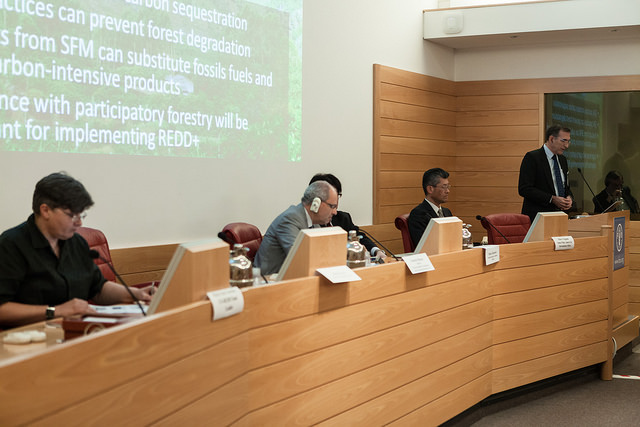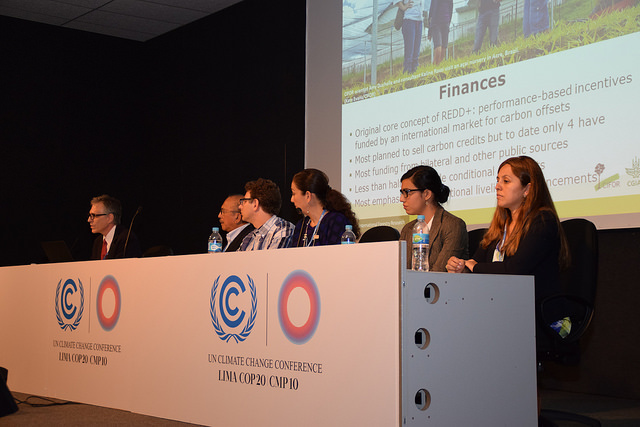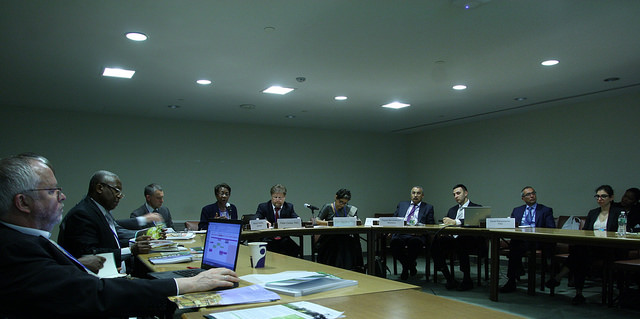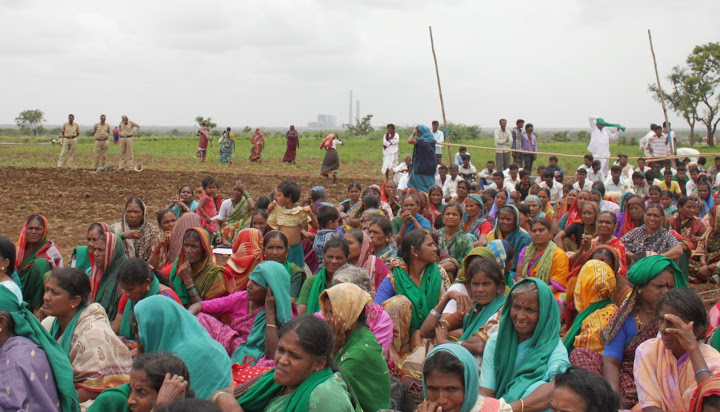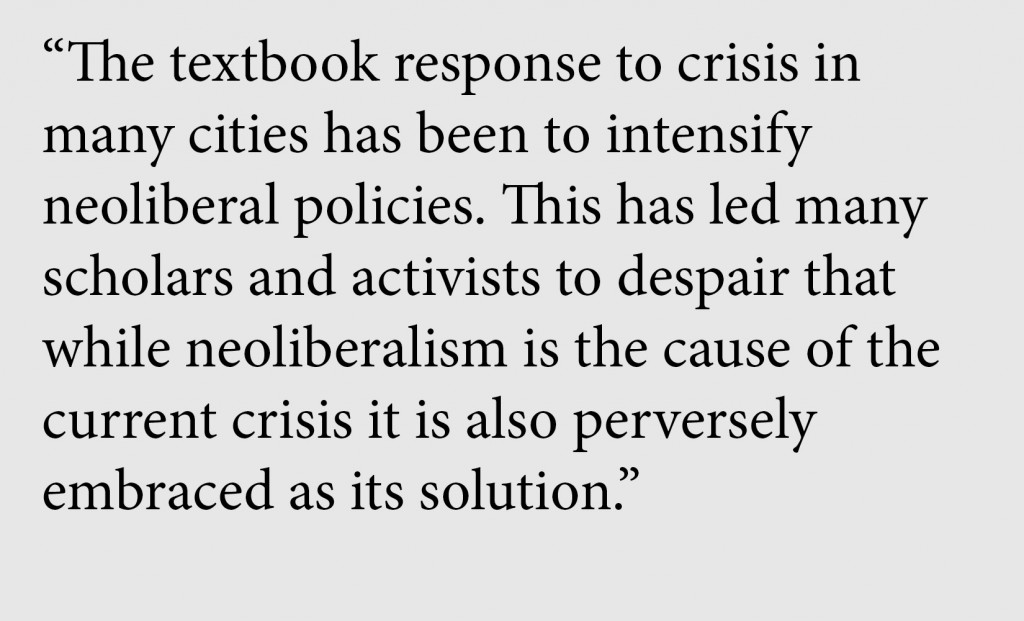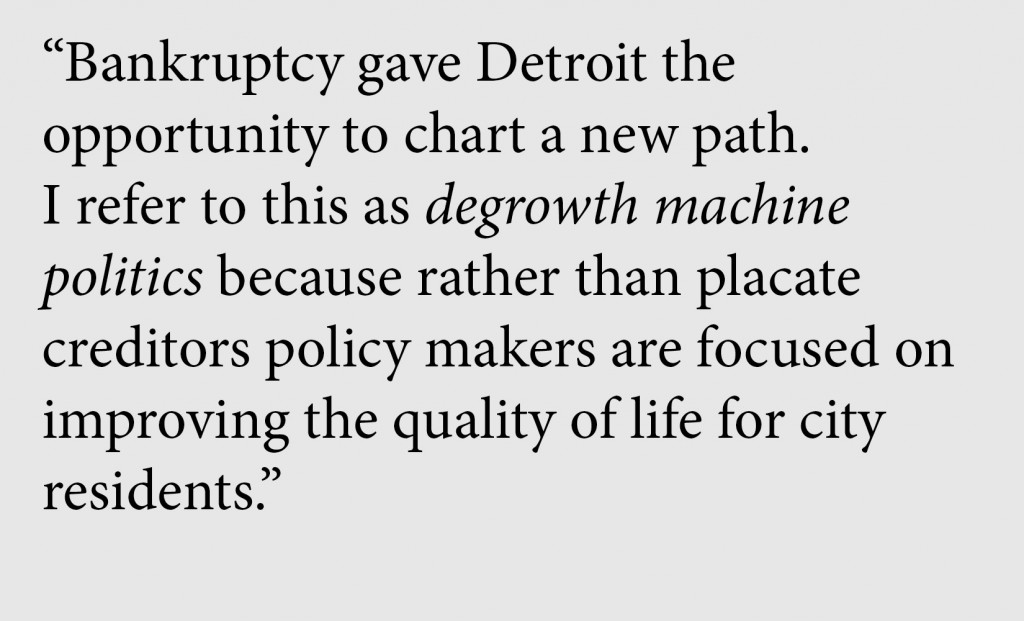
by Burç Köstem
It has been nearly two months since February 6th, when two consecutive earthquakes of 7.8 and 7.7 magnitudes originating in the towns of Maraş and Antep took place. The earthquake has had a devastating effect across a large geographical area near the Turkish-Syrian border, that spans the historic lands of Kurdistan and Turkey as well as Northern Syria and Rojava. Officials report that over 50 thousand people lost their lives, tens of thousands of buildings were destroyed, and millions of people lost their homes.
In the northern side of the Turkish-Syrian border, the disaster that followed the earthquake has its roots most directly in the governing Justice and Development Party’s (JDP) political economic regime of construction-based growth, social conservatism, and state violence. In the following, I first point to how disasters are political events – that their effects and sources are unevenly distributed. However, I also add that this insight – that disasters are political – is well metabolized in Turkish political discourse and has by itself only further fueled the JDP’s construction-based model of growth. I then sketch the political economic forces behind the recent earthquake, investigating how disasters are baked into Turkey’s current developmental model. I then investigate how this developmental model, premised on intensifying disasters, prevents the current regime from planning against them. Last, I explore what kind of social opposition could form out of the ruins of the earthquake, to help plan against the next set of disasters.
“There is no such thing as a natural disaster”
The famous words of Marxist geographer Neil Smith that “there’s no such thing as a natural disaster” remind us of the political stakes of a disaster. Written in response to the 2005 Hurricane Katrina that devastated New Orleans and its surrounding areas, Smith’s text reminds us that the destruction and death that follow a disaster are not preordained by God. Neither are they the outcome of inscrutable natural forces. Disasters are instead shaped by a “social calculus” that determines and distributes their every aspect – from the structural causes that lead to the collapse of some buildings and neighborhoods while leaving others intact, to the level of disaster preparedness in different regions, or the effectiveness of the response and the reconstruction that follows.
In 2013, Erdoğan himself declared that “It is not earthquakes but buildings that kill.”
Yet the February 6th earthquake was foretold many times before it materialized. Scholar Eray Çaylı points out in a prescient piece from 2022 that the idea that an earthquake is a political event is already well-metabolized by Turkish political discourse. In the past 21 years that Recep Tayyip Erdoğan’s JDP have been in power, there have been many academics and politicians warning of the poor building stock in the areas affected by the earthquake. Even more damning are the assessments of the Turkish state’s own Disaster and Emergency Management Authority (AFAD), which issued several reports on the history of destructive earthquakes in the region. One 2019 report by AFAD highlights that “the fact that for the past 35 years there have not been any earthquakes to release the tension building in this region, means that the risk posed by a future earthquake is even more grave.” In 2013, Erdoğan himself declared that “It is not earthquakes but buildings that kill.” Moreover, earthquakes have an important role in recent political memory. In 1999, an earthquake centered around the Western town of İzmit near İstanbul killed 17 thousand people, rendering half a million more homeless. The İzmit earthquake was interpreted as a sign of the existing political regime’s incompetence, which helped fuel the currently governing JDP’s rise to power.
And yet, this awareness of the political nature of earthquakes has by itself achieved little. On the contrary, the governing JDP has not been shy about exploiting the memory of the İzmit earthquake to push through urban renewal projects that in the guise of earthquake-preparedness sought to intensify gentrification and urban transformation throughout major cities. When, in 2011, an earthquake devastated the city of Van, this only served to accelerate JDP’s promises to further intensify construction—as Youenn Gouarin observes. The same happened later in 2020 as earthquakes shook İzmir and Elazığ, with hundreds of acres of land sold off to companies and opened for further development. Even after this most recent earthquake, the JDP has conspired with its allies in the capitalist class promising to rebuild the region within a year, while also using its emergency powers to lift environmental protections for forests and meadows.
In Kurdish majority urban centres, this cycle of destruction and reconstruction has also taken place through military intervention. The city of Amed, also known as Diyarbakir, is the unofficial capital of Northern Kurdistan and is home to over a thousand buildings that were destroyed or heavily damaged during the earthquake. Yet even before the earthquake, poor neighborhoods of Amed like Suriçi were first nearly completely destroyed in 2015, through state of emergency powers employed by the Turkish military as part of its war against Kurdish political resistance, only to be then rebuilt. Between 2018 and 2021, real estate prices in Amed are said to have risen by 128%, a reflection of the high levels of inflation and transformation experienced in urban areas throughout the region. Now that the earthquake has made parts of the city uninhabitable, a new cycle of construction seems likely to unfold.
The JDP’s term in power from 2002 till today has been described as the era of “mega-rubble”—a process of constant urban transformation and renewal.
Such destruction and reconstruction have the result of producing huge amounts of rubble and waste, even prior to the earthquake. In this sense, the JDP’s term in power from 2002 till today has been described by various political ecologists in Turkey as the era of “mega-rubble” (mega hafriyat dönemi)—a process of constant urban transformation and renewal. This is why political ecologist Aslı Odman has recently described capitalism in Turkey as a train moving on the dual rails of rubble on the one hand and emergency on the other. Far from being anomaly then, the earthquake is only the latest stop this train passed through.
Disaster as development
An economy that feeds on construction and produces rubble, has become a well-worn growth model not only in Turkey but also abroad. In this model, fast paced growth is generated through finance and realized by construction – creating an asset economy of financial instruments and real estate. In Turkey, between 1989 and 2021 the construction sector has accounted for anywhere between 10-16% of Turkey’s entire GDP. Such construction also took place in the region effected by the earthquake, where the JDP has a significant electoral base and political control. A significant part of this construction takes the shape of infrastructure, mainly airports, roads and electricity generation plants that are funded through public-private partnerships programs. Another significant part takes place through private and public investment in residential housing. Now, in this same region, the airports and roads and the newly built houses created by infrastructural investment also lie in rubble.
Such heaps of rubble are not simply the result of “corruption” or the deterioration of state institutions. Nor are disasters the outcome of a cult of personality built around the persona of Erdogan. Rather, they are the result of a consciously adopted model of economic growth, one whereby ecological catastrophe is tolerated as the price for faster development and economic growth. Fostering GDP growth through megaprojects enables countries like Turkey to renegotiate their participation in systems of financialized development. The construction of a myriad of large-scale infrastructure projects such as canals, bridges, roads, and airports – endearingly called “crazy projects” by Erdoğan – are meant to reroute disaggregated and globalized chains of production and consumption through Turkey.
These political economic conditions are also lived as feelings, morals, aspirations, and fears. In Turkey “economic growth” is not only a social process but a promise, imagined through elaborate infrastructure projects, and often bound up with a civilizational resentment, a desire to “catch up” with and overcome Western powers. The JDP’s tenure in power has relied not only on construction-based accumulation and economic growth, but also on a resurgence of reactionary sentiment and political Islam as well as a renewed social conservatism.
This social conservatism in part arises from JDP’s political roots in the conservatively oriented small to medium business class. This class includes a network of subcontractors and family-owned companies that have grown alongside the dynastic centers of wealth and political influence that constitute the regime’s allies in the construction industry in Turkey. The JDP’s increasingly oppressive policies towards LGBTQ and women mobilizes this conservative and “family values”-oriented base. The JDP has attempted to explain the earthquake to this conservative base as a “plan of fate”, an exceptional disaster that is preordained by god but also perversely may yet hold new opportunities and promises for construction.
Both during the assembling of buildings and infrastructure and subsequently in their toppling, the construction industry has proven disastrous in Turkey. In short, the earthquake has been the logical conclusion of Turkey’s construction based developmental model.
Toward militant planning
What the earthquake demonstrated is the extent to which the state and the market have been inadequate as instruments of planning in the face of disaster. Nothing embodies this inadequacy as much as the collapse of transport and communications infrastructure that would help coordinate aid during the earthquake – airports, roads, telecommunications towers. This collapse of infrastructure had terrible consequences. Of the at least 50,000 people who lost their lives trapped under rubble across Kurdistan, Syria, and Turkey, many are thought to have died from hypothermia, hunger, and thirst. In Turkey, survivors of the earthquake reported days of waiting for excavation equipment, water, blankets, phone reception. Remote villages spent days without any contact or aid from the outside the roads that lead to their village destroyed by the earthquake or cell towers collapsed. Under these circumstances state institutions instead focused on clamping down on and hindering the efforts of volunteers and rescue teams. Days after the initial earthquake the government began restricting and slowing down access to Twitter, to clamp down on dissent, a move that made it harder coordinate rescue.
In 2020, political ecologist Kai Heron proposed that contemporary ecological politics is defined by “capitalist catastrophism”. This condition, he argues, is less a stable regime and more the result of what happens when the global neoliberal order begins to “fray at the edges”. Rather than plan or manage crises, the role of the state in this schema is to let crises unfold in ways that nonetheless are profitable for the capitalists. In this sense, the JDP’s term in power has been marked by historic forest fires, mining disasters, internal and external wars, plagues. The popular narrative around the JDP’s tenure in power is a story of authoritarian backsliding, of an initial stage of liberal pluralism and growth later corrupted by Erdogan and his cronies. Yet from the perspective of capital and catastrophe, an alternative analytic for the JDP is one of intensifying crises, characterized by periods of capitalist accumulation and state violence. In other words, perhaps JDP’s power base conspires against planning and for disaster.
JDP’s power base conspires against planning and for disaster. In this lacuna of state planning and disaster capitalism, autonomous forms of provisioning and mutual aid in the affected regions have flourished.
In this lacuna of state planning and disaster capitalism, autonomous forms of provisioning and mutual aid in the affected regions have flourished. Many have celebrated the seemingly spontaneous organizational capacity doctors, miners, construction workers, translators have mustered under conditions of emergency using messaging apps and social media platforms. Such displays of social solidarity, altruism, sharing, and mutual aid are characteristic of many different societies in post-disaster conditions. One could argue that the grassroots mobilizations that emerge after a disaster is demonstrative of what planning truly means: not only coordinating knowledge but building the capacity to exercise collective power and self-sufficiency. Drawing on the experiences of the Black radical tradition in the US, authors Stefano Harney and Fred Moten characterize planning as “self-sufficiency at the social level.” Planning “begins…with what we might call a militant preservation.” In the context of intensifying disasters, it is important to retain this militant character of planning, of exercising self-sufficiency both against the bourgeois-state and against capital.
One could argue that the grassroots mobilizations that emerge after a disaster is demonstrative of what planning truly means: not only coordinating knowledge but building the capacity to exercise collective power and self-sufficiency.
Yet while it is true that the post-disaster social mobilization achieved remarkable feats, rescuing, and caring for thousands of people, finding, and deploying excavator trucks, repairing infrastructure, it is also true that this mobilization could not have happened without any prior organization. For the first few days immediately following the disaster, the most organized and effective groups seemed to be ones that had relevant skills and had built self-sufficient institutions – independent miners, doctors and educators associations – what remains of Turkey’s civil society including the much persecuted but nonetheless persistent feminist and LGBTQ+ organizations, a handful of socialist and radical democratic political parties such as the People’s Democracy Party (HDP), the Workers Party of Turkey (TİP), and the Turkish Communist Party (TKP). Maintaining and growing this organizational capacity will be crucial both during and after the elections, no matter the result.
It matters that this social opposition emerging from the Feb 6 earthquake has an explicitly political and liberatory character. Consider how the image of “looters” supposedly “stealing” from supermarkets and shops has become a recurring theme within rightwing political discourse following the earthquake. The charge of looting has been directed at migrants and racialized minorities to invoke feelings of hatred and vengeance. Such feelings have been stoked by far-right groups, mainstream media outlets, as well as politicians both in government and in opposition, leading the government to promise to “crackdown” on looters. In this sense, within the chaos of planning left by the markets and the state, a whole host of reactionary sentiments have flourished. Perhaps the anti-looting rhetoric indicates a fear of self-sufficiency and planning outside the parameters of private property. Perhaps it is a way to register and suppress the outrage of well-stocked supermarkets that existed alongside a disaster zone. In any case, without more explicitly political forms of organization, such racially motivated fears could easily serve to divide the spirit of solidarity that is now flourishing.
If planning is a matter of collective action and self-sufficiency, then the question of who the collective subject of our politics is becomes inevitable. In answering these questions, it is crucial to foreground one’s commitment against the power structures that have created and maintained regimes like the JDP – to be organized explicitly against fascism, against capital and against the heteropatriarchy. Where such political commitments have been weaker or more obscure, the last two months has shown how social opposition can be co-opted and distracted by reactionary forces.
Conclusion
In May, Turkey heads off to the elections, with opposition parties looking to oust Erdoğan and the existing government replacing them both with a broad alliance. Electorally, this alliance stretches from rightwing nationalist breakaways from the regime such as İYİP, to multiple right and left centrist parties such as DEVA and the CHP, to the pro-minority, communist, anti-capitalist and radical democratic alliance EMEP. While there is general optimism about defeating the JDP, it seems likely that even if this were so, such ideologically diverse alliances will not outlast their victory, indeed cracks in them have already begun to show. Therefore, it is important to think through the capacity for collective action that emerged after the disaster and what it teaches us about building a more sustained avenue for emancipatory and working-class politics, both in Turkey and beyond.
Nothing is certain in these elections. Indeed, while Erdoğan has been doing poorly in the polls, there is always wisdom in caution especially when it comes to electoral politics and even more so in an authoritarian context like Turkey. Moreover, no matter the results, there is much work to do for the left. An important priority is building a new coalition across several groups including an expanded working-class resistance that has organized against the capitalist class – miners, construction workers, shipbreakers, waste workers, delivery workers; the movement for Kurdish political autonomy which has been resisting state violence and internal colonialism; and the feminist and LGBTQ movements that have organized both along the lines of social reproduction and against the retrenchment of social conservatism. Such an opposition will become increasingly crucial as the forces of climate catastrophe and capitalism will, at least in the near future, continue to produce disasters in Turkey and abroad. Perhaps this coalition can be one of the instruments that helps plan against the next disaster.
Burç Köstem (he/him) is a PhD candidate in Communication Studies at McGill University.























